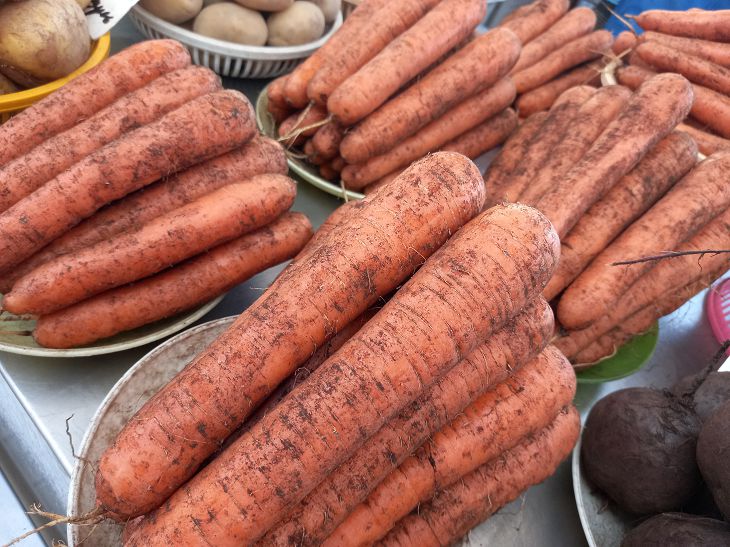Have you ever wondered why store-bought carrots are often sweeter than homemade ones?
It's simple: it is grown using a technology that is hidden by large agricultural holdings.
But today we'll reveal the secret to turning your harvest into a crunchy treat.

Let's start with the main thing - water. Regular watering from a hose will not give the desired effect. A month before harvesting, switch to a wood ash solution.
Take 1 cup of sifted ash per 10 liters of water, let it sit for 2 days. Strain the liquid so as not to clog the watering can. Water only the root zone once every 5-7 days.
Ash contains potassium, which enhances the synthesis of sugars in root crops.
But be careful: excess potassium blocks the absorption of calcium, which leads to carrot deformation.
Before use, check the soil acidity with litmus paper. If the pH is below 6, add 1 teaspoon of slaked lime to the solution.
After the first watering, you will notice how the tops become rich green and the roots become smooth.
After 2 weeks, try digging up one carrot. If it still tastes bitter, increase the ash concentration to 1.5 cups per 10 liters.
It is important to stop watering 5 days before harvesting - this concentrates sugars.
Store these carrots in boxes with damp sand, and they will remain juicy until spring.
Don't use ash from coniferous trees - it contains too much resin. Birch, apple or oak are ideal.
If you don’t have ash, replace it with banana peel: dry it, grind it into powder and add 2 tablespoons per hole when planting.
But remember: the method only works for late varieties. Early carrots will not have time to accumulate sugar, no matter how much you water them.
And one last piece of advice: never fertilize carrots with fresh manure. Nitrogen will cause the tops to grow vigorously, but the roots will become fibrous and tasteless.
